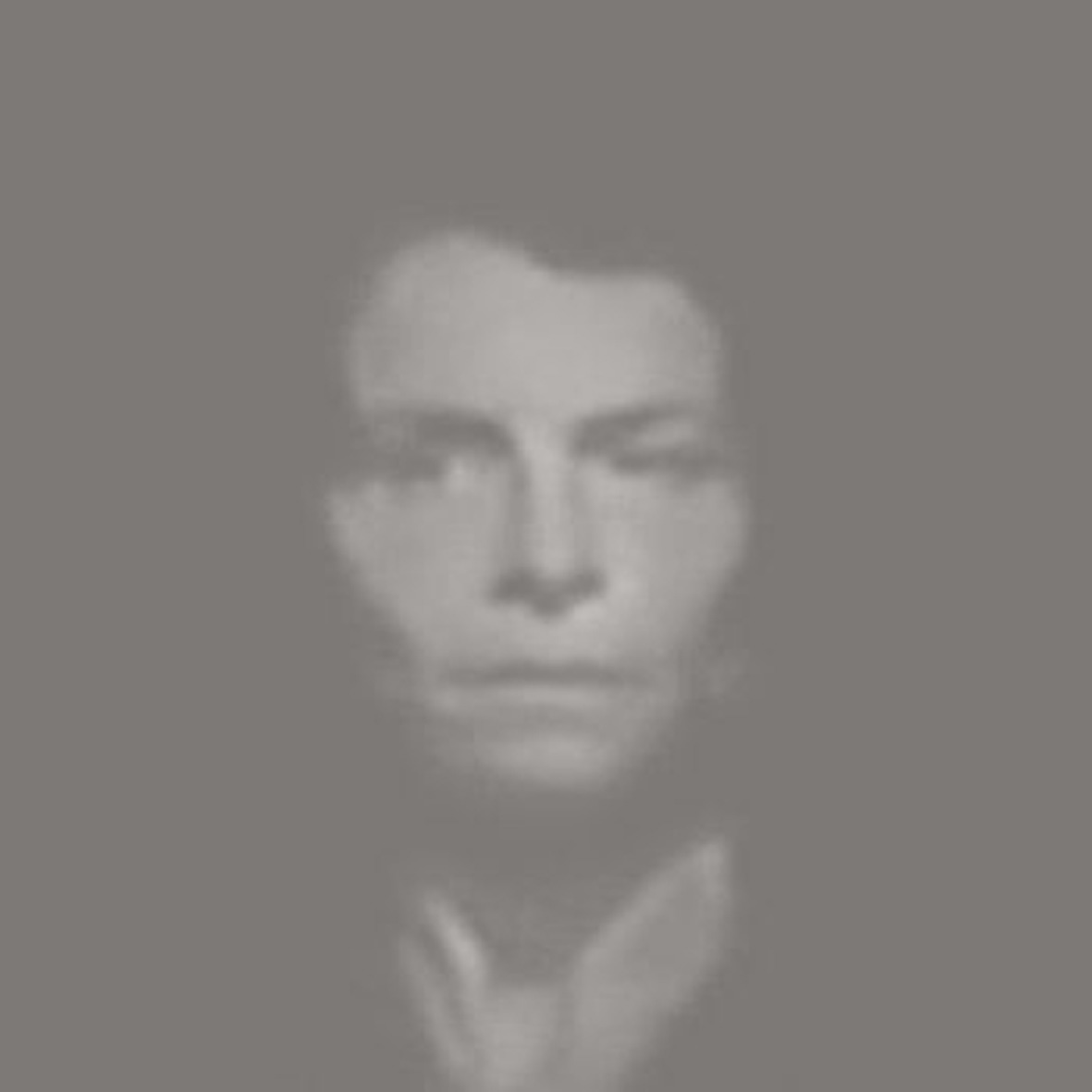Moon Zero, "Loss"

Although released concurrently with Tombs by Denovali, Loss is actually London engineer/musician Tim Garratt's second effort as Moon Zero.  While it shares Tombs’ unique approach of being composed and recorded entirely in an empty church, Loss is the fruit of Garratt's attempt to transform his aesthetic into something that he could perform live, resulting in a much more muscular, rhythmic approach without sacrificing much of the ghostly ambience that made his earlier compositions so compelling.  At its best, Loss resembles something like a rawer and more spontaneous Tim Hecker with a few very cool tricks up his sleeve.
The opening "Youth" captures Garratt at his most Hecker-esque, as a muted, melancholy organ melody floats like a fog while an escalating rumble builds beneath it and ghostly swells start to reverberate from the church's walls (the church being London's St. George in the East).  Ultimately, the piece builds to an impressively shuddering roar before quickly dissipating at the perfect moment, achieving an impressive convergence of mood, texture, and dynamics.  The following piece, "Nosema Cerenae," is an increasingly sinister-sounding bit of organ drone that fleetingly recalls Charlemagne Palestine or Catherine Christer Hennix, though Tim beautifully embellishes that intentional/unintentional homage with a roiling bass rumble, some fierce crackle, buried snatches of angelic vocals, and–most brilliantly–a brief surge of deep, absolutely tortured-sounding noise snarl.  As a whole, "Nosema" is not quite as strong as "Youth," but the demonic, overloaded noise snarl might stand as the best single moment on the album, as it feels like something deeply unholy is trying to tear its way out of my speakers.
Garratt nicely escalates the momentum for the second half with "Lara Witchcraft," where he quickly transforms pulsing synth and organ rhythm into something that resembles a lumbering, massive machine-noise waltz that is always precariously on the verge of tearing itself apart. After that impressive show of force, Loss winds down its conclusion with its longest piece, "The Industrial Sadness," which clocks in at around 8-minutes of deep, throbbing synth hum beneath a series of forlorn moans.  To my ears, it is by far the EP's weakest piece, as there is not any melody or chord progression to speak of–just a whole lot of vaguely eerie sci-fi atmosphere and some impressively heavy machine crunch near the end.  Unfortunately, all that power goes to waste, as it is not used to bolster an already compelling motif nor does it become particularly hypnotic or transform into something else.  It just escalates in force, then abruptly ends.
"The Industrial Sadness" aside, however, Loss is a damn near perfect effort (albeit quite a brief one), as each of the first three pieces is powerful, distinctive, unpredictable, and deftly executed.Tim Garratt clearly knows how to get the most out of an idea and has an intuitive knack for exploiting a single strong motif and ending the piece before it starts to drag. Also, while a number of clear influences come to mind, Tim definitely uses them a mere jumping-off point rather than as a template (and I seem to like all of the same artists that he does, which helps too).  Probably Garratt's greatest achievement here, however, is his work as a producer/engineer.  Recording in a church means far more than just getting some great natural reverb, as the unusual acoustics can easily swallow some sounds, unexpectedly sharpen others, or cause various parts of the church to intensely vibrate at certain frequencies.  Despite that, Garratt somehow managed to wrangle all those untamed site-specific acoustics into something that sounds deliberate, massive, and visceral on a home stereo.  That must have taken forever, but it was worth the effort.
 



